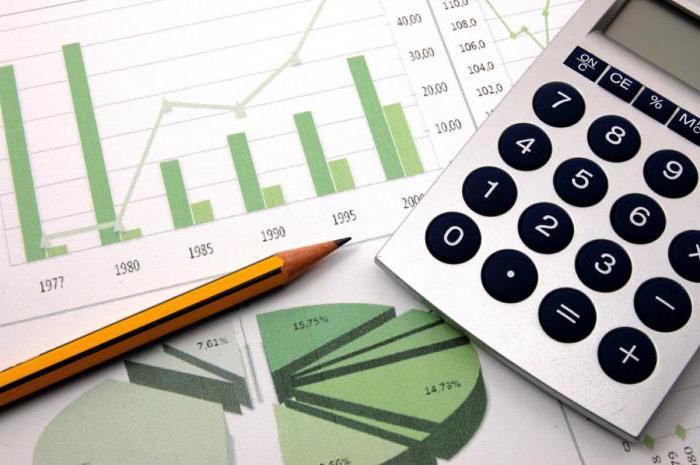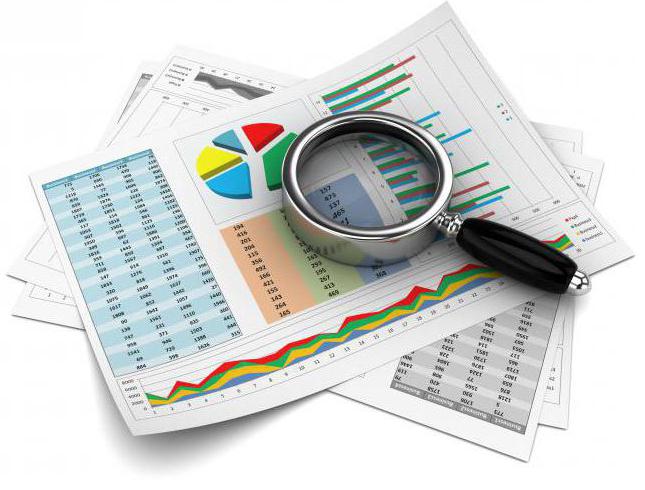Before you understand what is spread on the stock exchange, you should know that on foreign exchange market prices are set in the form of currency pairs or currency quotes, where the relative value of one unit of currency is expressed in units of another. The exchange rate that applies to a customer who wants to purchase a quote is called BID. This value represents the highest price at which a currency pair will be purchased. In turn, the value of the unit sold is called ASK and indicates the lowest price according to which the currency pair will be put up for sale. BID in all cases has a lower value than ASK.

The difference between ASK and BID is a spread. It can be presented as the cost of servicing brokerage systems and replaces transaction fees. The spread is traditionally indicated in points - the percentage value at the point, that is, in the form of a fourth decimal place in the quote currency.
What is an exchange spread: types
A fixed spread is only the price difference between ASK and BID, which is maintained at a constant level and does not depend on market conditions. These values are set by dealer companies for automatically traded accounts.
A fixed spread with an extension differs in that it is divided into two parts. A certain fixed part of it is predetermined, and the other can be adjusted by the dealer in accordance with market conditions.

A variable spread fluctuates in correlation with market conditions. As a rule, its value remains low during market downtime (about 1-2 pips), but in an unstable market it can actually expand to as much as 40-50 pips. This type of distribution is closer to the real market, but it brings a high degree of uncertainty in trade and makes creating an effective strategy more difficult.
This is the basic information about what a spread is in financial terminology. What else do you need to know for successful trading?
How to take into account the spread?
Observing a variable spread on the chart, the trader can determine the moments when his value reaches extremes - maximum or minimum. With a minimum spread (from 0 to 1 pips), it is possible to open two positions simultaneously (buy and sell), and then close both at the time of the maximum value. As a result, the profit will be equal to the highest value of the spread. This trading strategy under variable spread conditions has advantages in the form of low risks.

This is explained simply: the profit in this case does not depend on the actual quotation of the currency pair, it is based only on the value of the spread. In addition, if a trading position is opened within a minimum range, it guarantees a break-even result and makes profit making very likely. What is an exchange spread in this case? In simple words, this is the ratio of actual prices at which you can make a profit.
What makes a big impact?
There are several factors that influence the size of the spread. The most important of these is foreign currency liquidity. Popular currency pairs trade with the lowest spreads; on the contrary, rare pairs raise dozens of pips. Speaking about what a spread on the exchange is, you need to remember that it is inextricably linked with the currency used.
The next factor is the amount of the transaction. The average transaction price is accompanied by standard tight spreads on the exchange, marginal transactions (too small and too large) are quoted with wider values due to risks.
How to calculate the spread on Forex? In an unstable market, bids and offers are more widely dispersed than in a calm economy. The status of the trader also affects the value of the spread - large-scale market participants or premium customers enjoy personal discounts. Currently, the Forex market is characterized by a high level of competition, and since brokers try to stay closer to customers, the spread is usually fixed at the lowest possible level.

How to ensure profitable transactions?
Each trader should pay sufficient attention to changes in this value. Maximum productivity can only be achieved when the maximum number of market conditions is fully taken into account. A successful trading strategy should be based on an effective assessment of market indicators and specific financial conditions of the transaction. The best tools here are a comprehensive analysis, forecasting, risk analysis, transaction cost estimates. And, of course, a clear understanding of what the spread on the exchange is. Since this value can be changed, the strategy must also be flexible enough to adapt to market movements.








